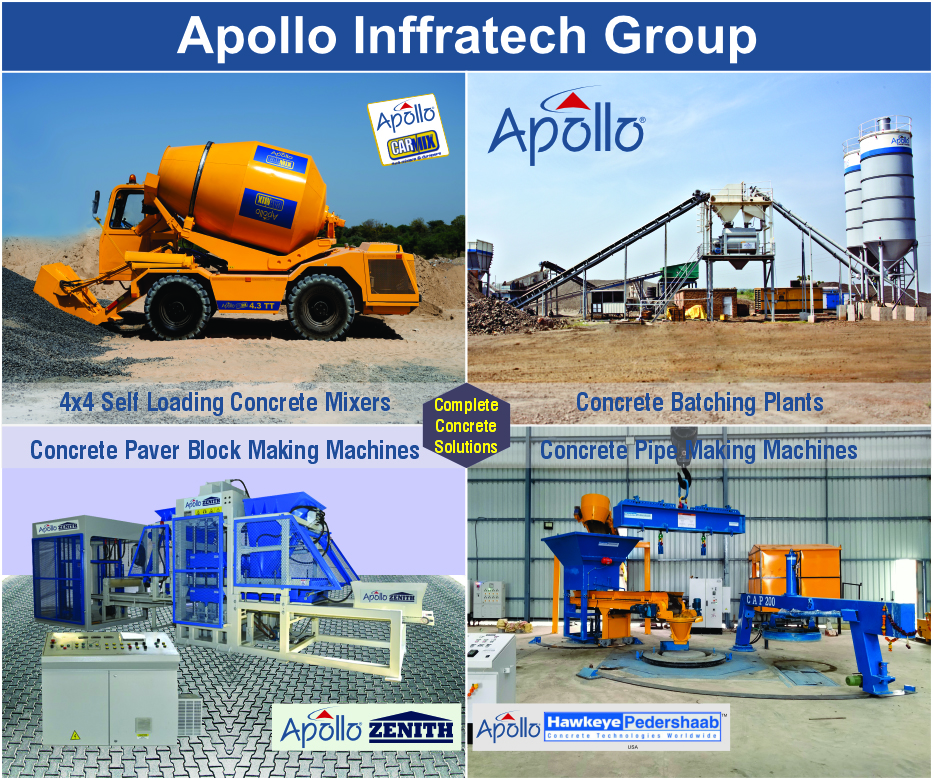In a move that signals the next era of generative-AI infrastructure, OpenAI has entered into a seven-year agreement worth approximately US $38 billion with Amazon Web Services (AWS) to access large-scale cloud-computing capacity, including hundreds of thousands of Nvidia GPUs.
Key highlights:
-
The deal grants OpenAI access to AWS’s advanced computing clusters, leveraging Nvidia GB200/GB300 accelerator chips and tens of millions of CPUs.
-
OpenAI intends to deploy the initial capacity by end 2026, with room to expand into 2027 and beyond.
-
The agreement marks a strategic shift: OpenAI is diversifying beyond its earlier primary cloud partner Microsoft, ending that provider’s exclusive role in hosting its workloads.
-
For AWS, the partnership is a major win in the competitive cloud-computing arms race, reinforcing its position in the frontier-AI era.
Why it matters:
The deal underscores the enormous infrastructure demands of next-generation AI models. As OpenAI and other major players race to scale agentic intelligence and compute-intensive models, the need for secure, high-capacity, and flexible infrastructure is becoming a critical bottleneck. The partnership also signals a broader industry shift toward multi-cloud strategies and large-scale hardware commitments.
Key risks and questions:
-
Capital intensity: Commitment at this scale raises questions about how revenue growth and monetisation will keep up.
-
Infrastructure delivery: Whether AWS can scale the required clusters and maintain uptime under massive AI training loads is a practical risk.
-
Competitive dynamics: The move may heighten tension among cloud providers and AI developers over resource allocation and pricing.









